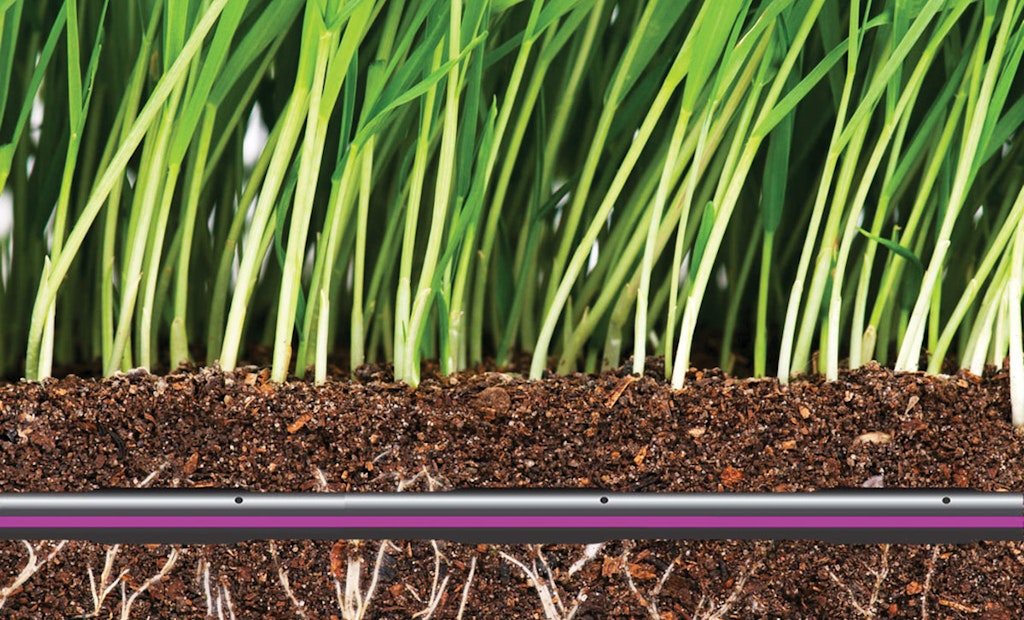Drip irrigation techniques date to the 1860s, but this strategy for dispersing water has come a long way since then, and its range of applications has largely expanded.
For the better part of six decades, Geoflow has been producing drip systems for agricultural use, and over...






